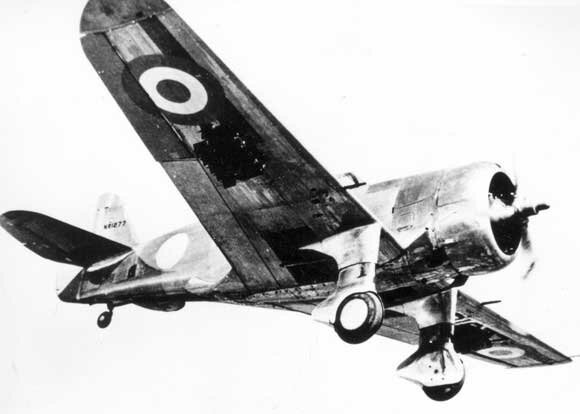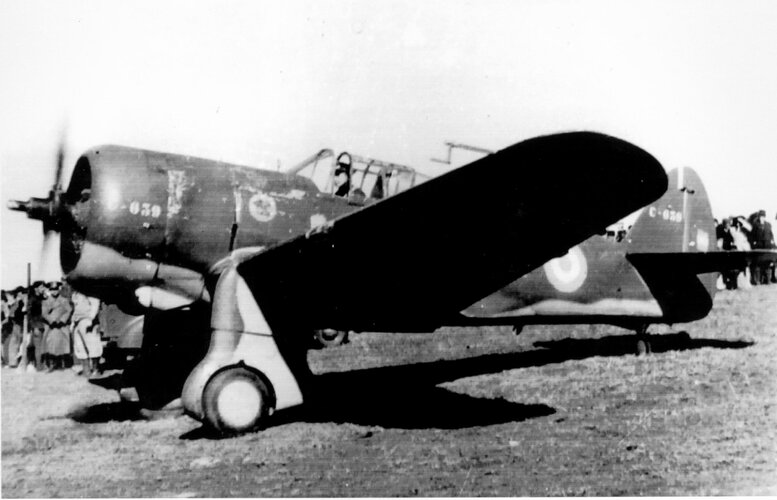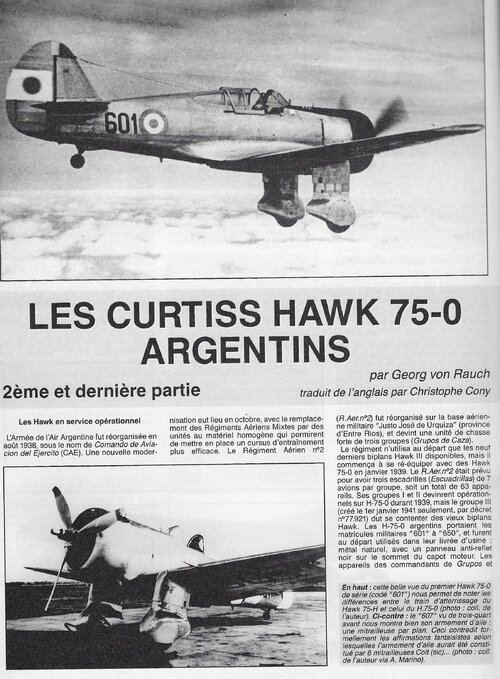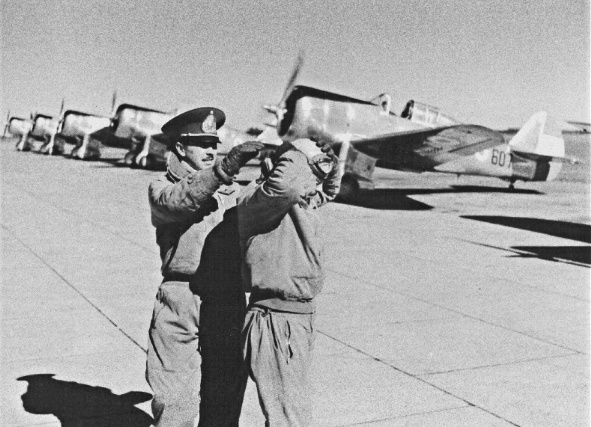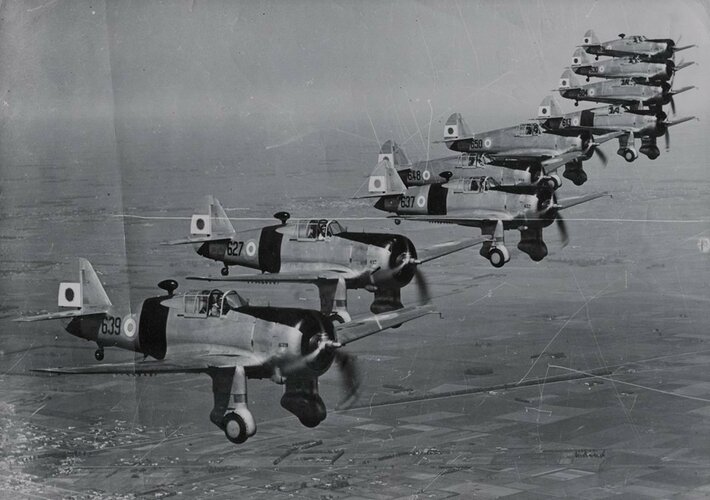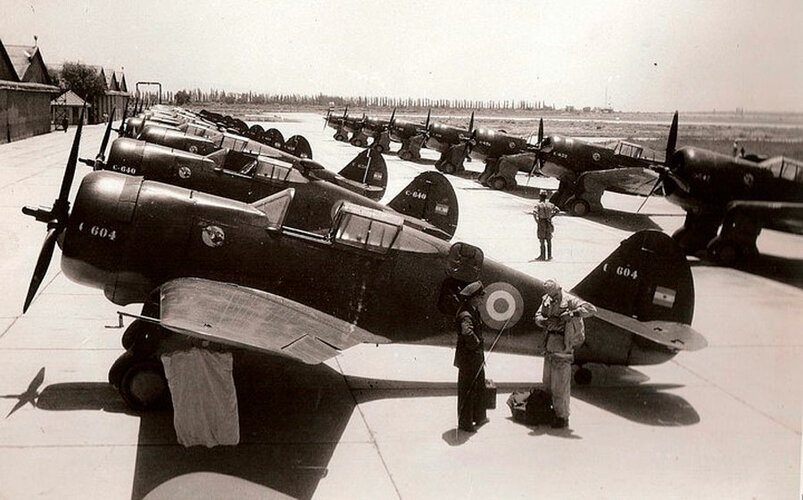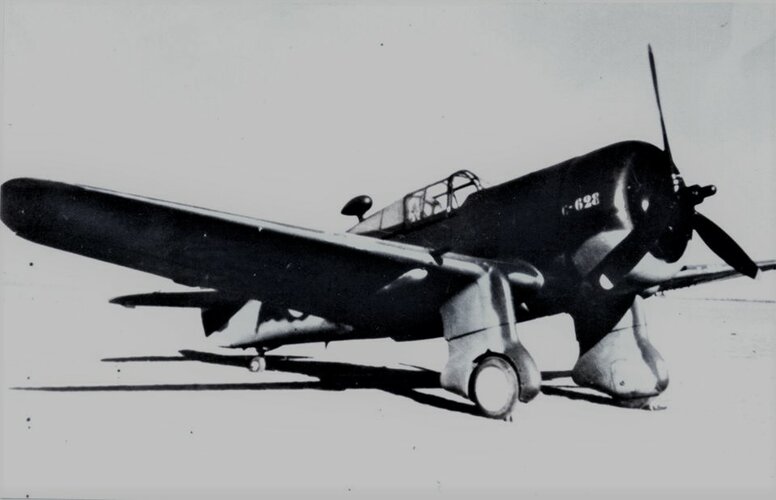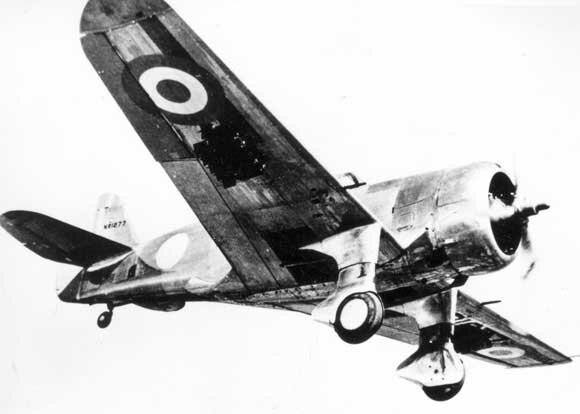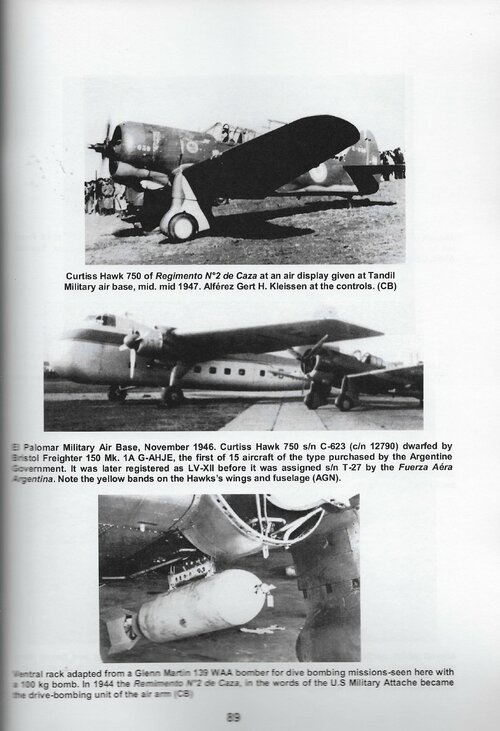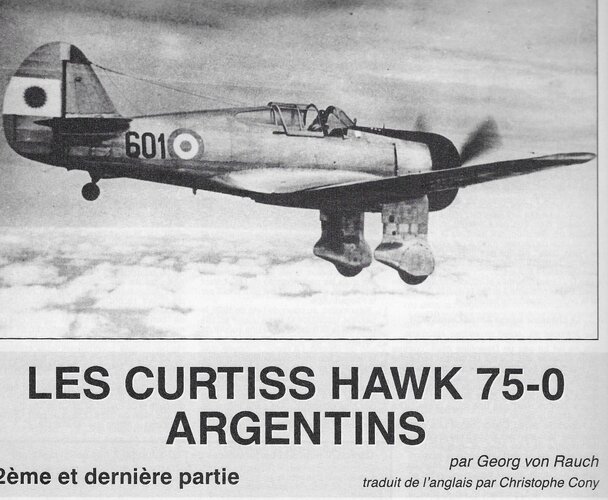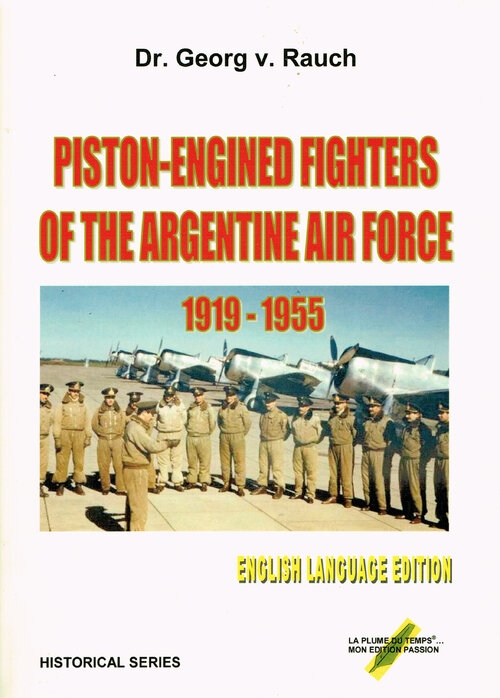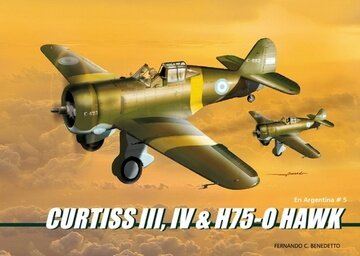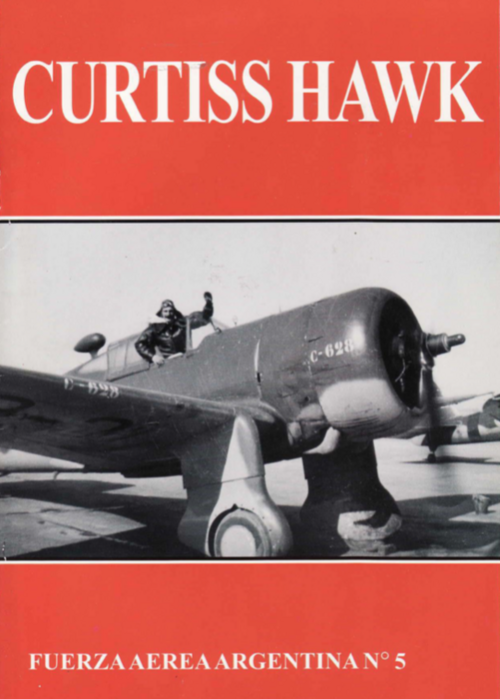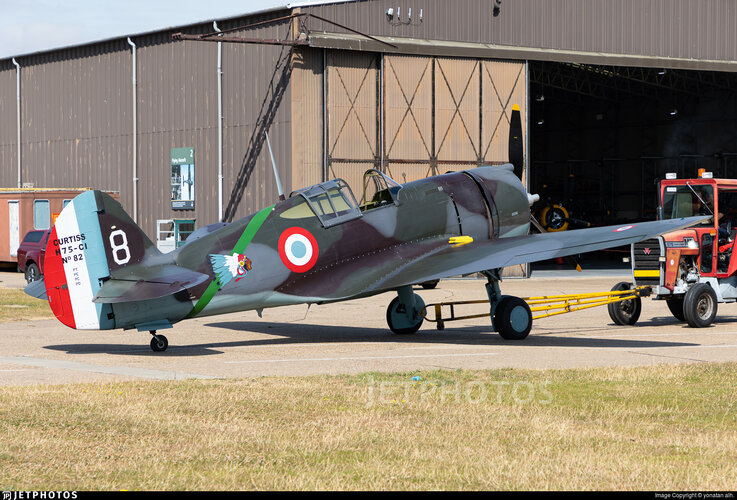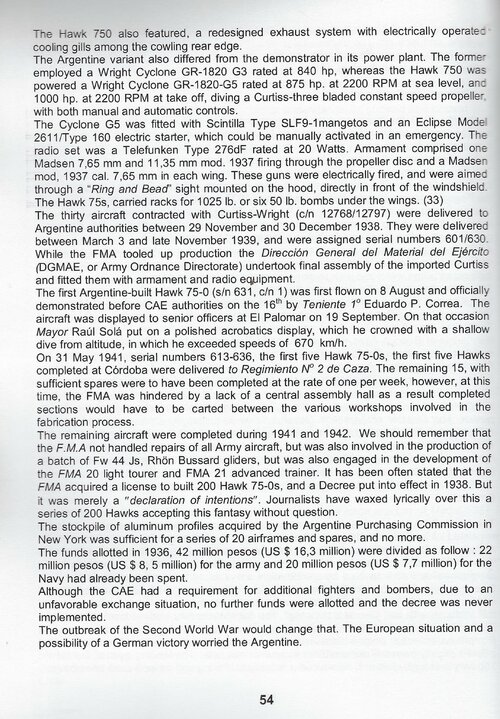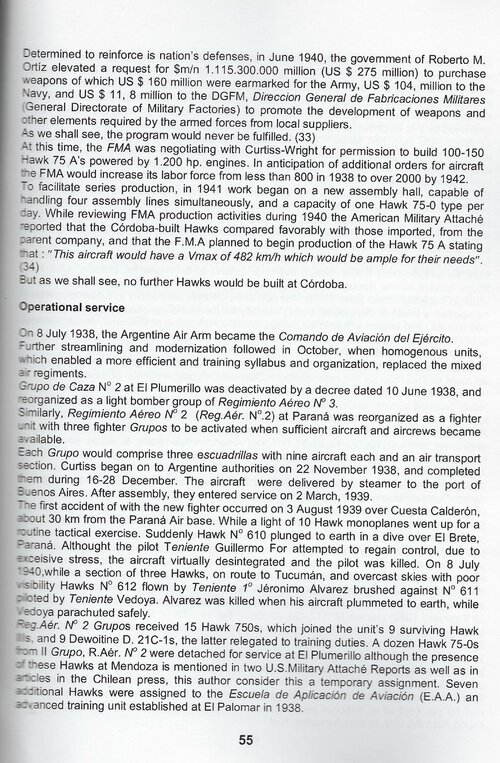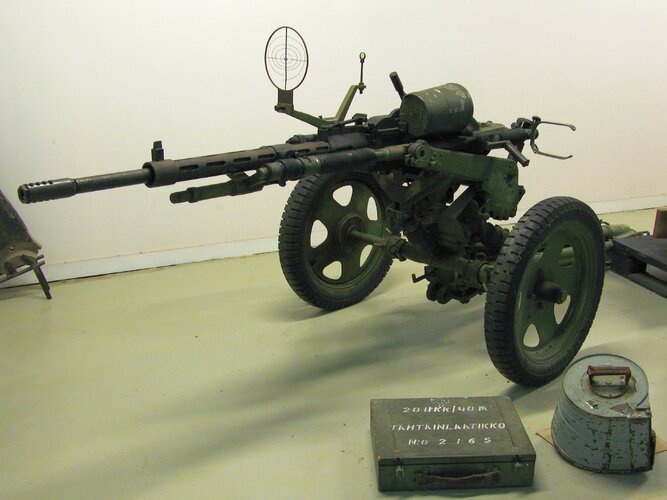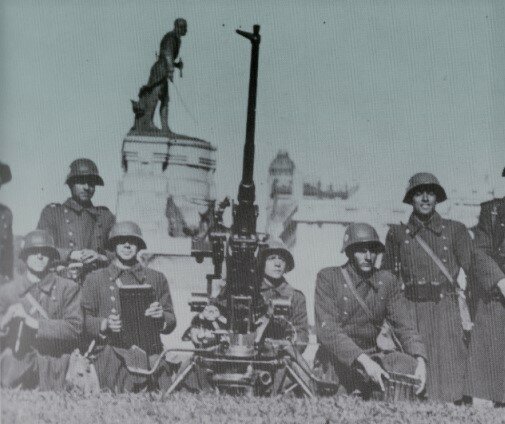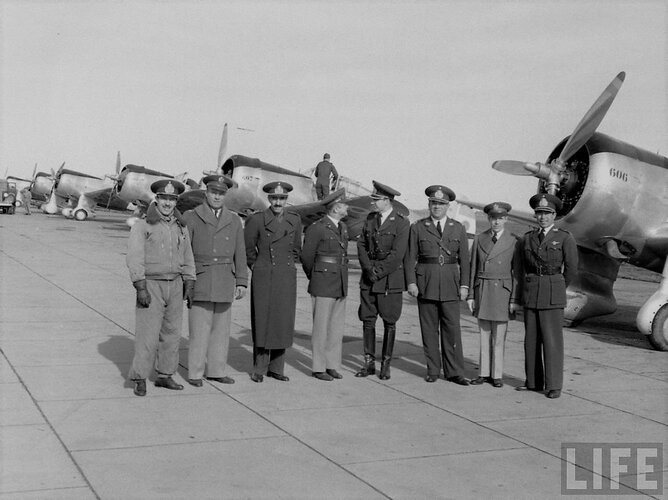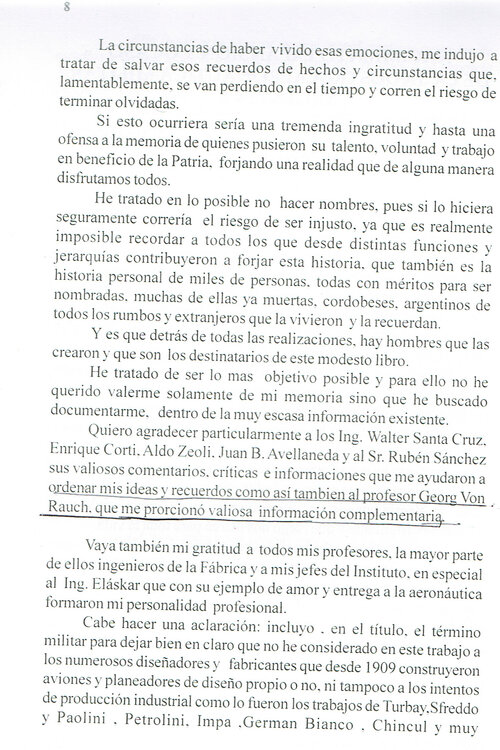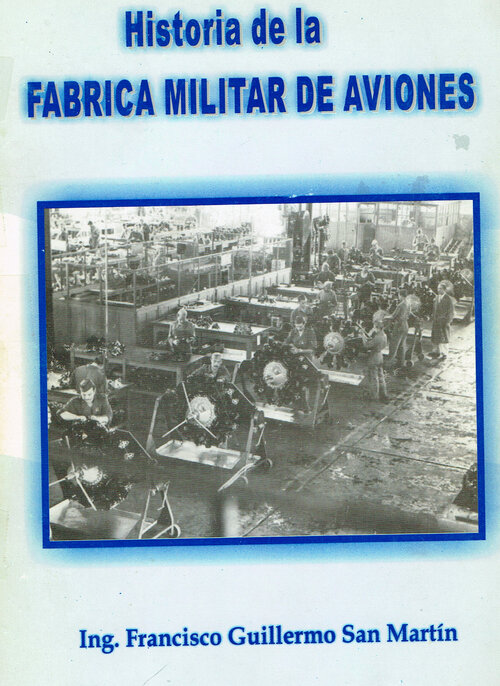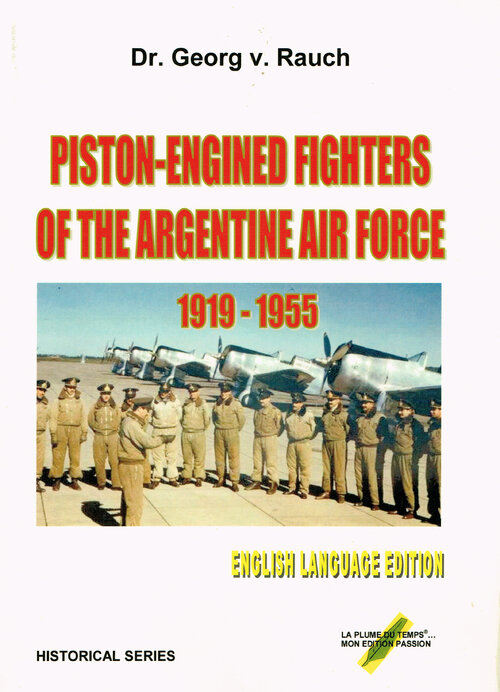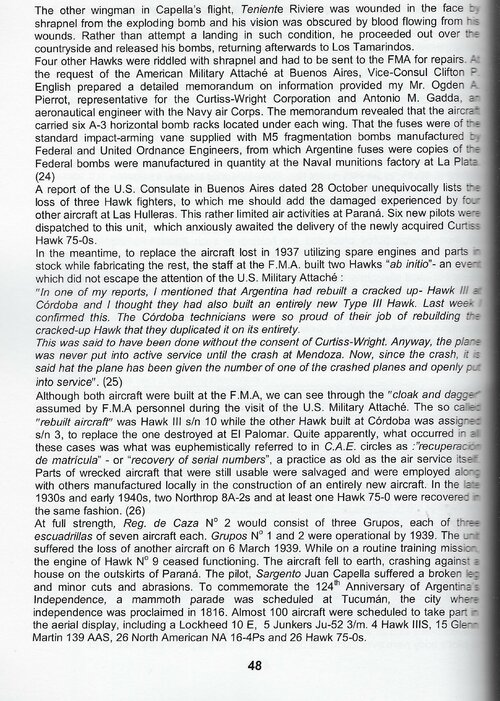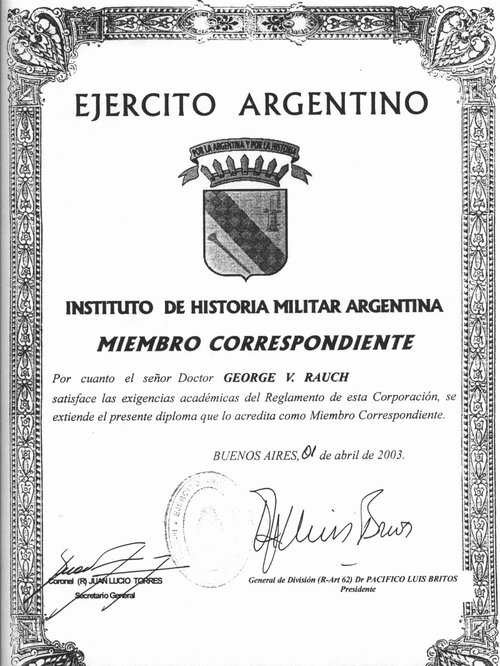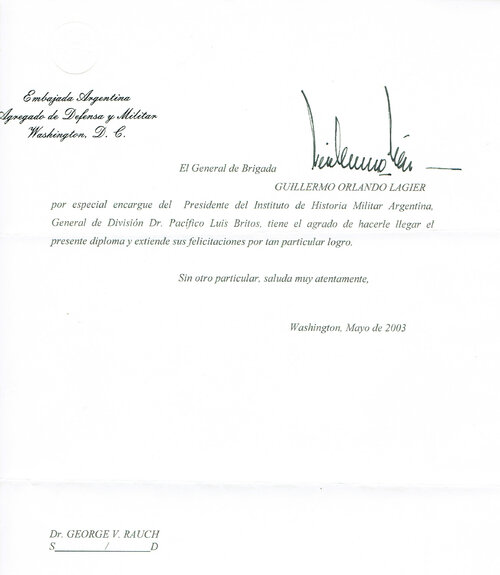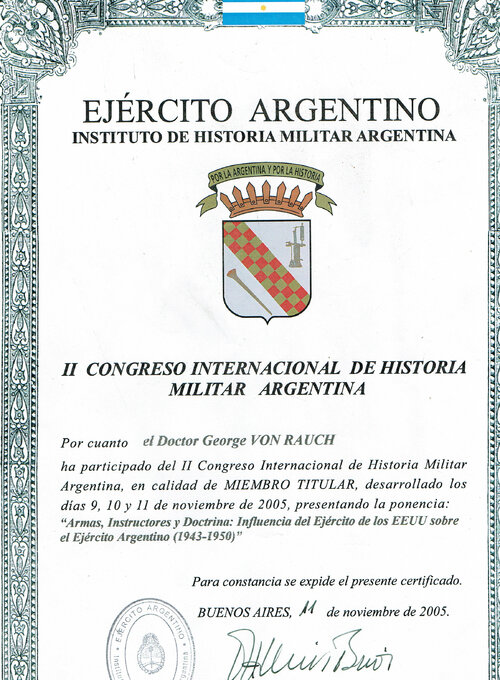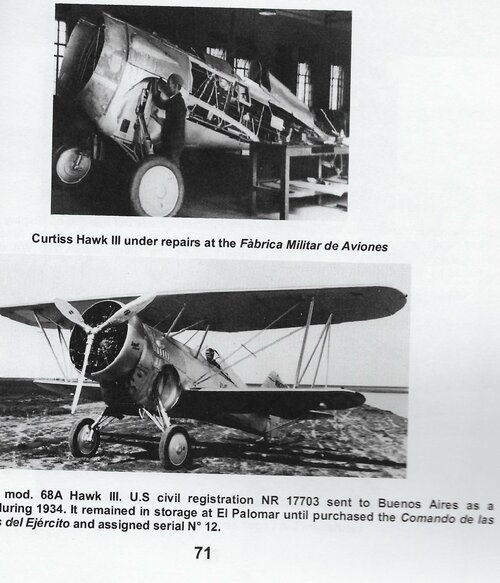According to some sources:
"Argentina bought 29 Hawk 75O’s, intended for rough-field operations and ease of maintenance. An additional 20 were licence-built by F.M.A. in Argentina in 1940. Also the Curtiss Hawk 75H demonstrator NR1277 (c/n 12328) was eventually sold to Argentina"
This is a fallacy. Although the Curtiss Hawk IV won the international fighter competition held at El Palomar Air base in 1936, the Argentines who had previously purchase the rather similar Hawk III, were aware that newer models would be soon available, did not award any contracts at this time. In the 1937 competition, Curtiss entered the list with its Hawk 75H (c/n 1228, U.S. civil registration NR 1277) which although bearing Argentine markings still carried a US civil registration, as a sales gimmick which was shipped to Buenos Aires by sea and arrived on 19 June. The Hawks sole competitor at these trials was the Seversky 2PPA Convoy Fighter, an aircraft which could mount a wide variety of engines. The sample sent to Buenos Aires was powered by a Wright Cyclone rated at 1,000 hp, while for the advanced trainer version it could be equipped with a with a 550 hp Pratt & Whitney Wasp. The Seversky arrived at Buenos Aires on 29 September. During the sea voyage, the oil in the crank case had drained to the lower cylinders and as a result the engine was damaged. The pilot, Frank Sinclair returned to Long Island, New York, while the Seversky firm tried to sell its demonstrator to the Argentine, which understandably y showed no interest. In the meantime, the Severky P-35 had been released for export, and Major Alexander De Seversky announced to fly to Buenos Aires on 22 November, but last-minute problems with the radio forced him to delay his departure his departure until the following day, but unexpectedly, the flight was cancelled. By now the Curtiss representatives were growing anxious that a last-minute arrival of another fighter could further delay the decision of the Argentine government. The company after all, had sent a considerable sum shipping the Hawk 75H to Buenos Aires, and both aircraft and crew had been there for six months. Furthermore, the Argentine government would not announce its decision until January 1938, when it placed an order for 30 aircraft of a variant known as the Hawk 75-0 (c/n 12768-12797) serial numbers 601-630, along with a manufacturing license to manufacture an additional 20 additional aircraft at Córdoba. In the meantime, the Curtiss reps in Buenos Aires decided to send back the Hawk 75H back to the United States inn its own power, via the Pacific Coast, hoping to interest the governments of Chile and Peru. The pilot, James Gray took off from Buenos AIres on 5th March, on an intended non-stop flight across the Andes to Santiago, Chile. Bad weather forced him to land at Mendoza, Once the storm abated, Gray resumed his flight and took off. However, the aircraft cartwheeled over the ground and was destroyed, while Gray walked away, dazed but unhurt.
Compare the undercarriage of the Hawk 75H and the Hawk 750
"Argentina bought 29 Hawk 75O’s, intended for rough-field operations and ease of maintenance. An additional 20 were licence-built by F.M.A. in Argentina in 1940. Also the Curtiss Hawk 75H demonstrator NR1277 (c/n 12328) was eventually sold to Argentina"
This is a fallacy. Although the Curtiss Hawk IV won the international fighter competition held at El Palomar Air base in 1936, the Argentines who had previously purchase the rather similar Hawk III, were aware that newer models would be soon available, did not award any contracts at this time. In the 1937 competition, Curtiss entered the list with its Hawk 75H (c/n 1228, U.S. civil registration NR 1277) which although bearing Argentine markings still carried a US civil registration, as a sales gimmick which was shipped to Buenos Aires by sea and arrived on 19 June. The Hawks sole competitor at these trials was the Seversky 2PPA Convoy Fighter, an aircraft which could mount a wide variety of engines. The sample sent to Buenos Aires was powered by a Wright Cyclone rated at 1,000 hp, while for the advanced trainer version it could be equipped with a with a 550 hp Pratt & Whitney Wasp. The Seversky arrived at Buenos Aires on 29 September. During the sea voyage, the oil in the crank case had drained to the lower cylinders and as a result the engine was damaged. The pilot, Frank Sinclair returned to Long Island, New York, while the Seversky firm tried to sell its demonstrator to the Argentine, which understandably y showed no interest. In the meantime, the Severky P-35 had been released for export, and Major Alexander De Seversky announced to fly to Buenos Aires on 22 November, but last-minute problems with the radio forced him to delay his departure his departure until the following day, but unexpectedly, the flight was cancelled. By now the Curtiss representatives were growing anxious that a last-minute arrival of another fighter could further delay the decision of the Argentine government. The company after all, had sent a considerable sum shipping the Hawk 75H to Buenos Aires, and both aircraft and crew had been there for six months. Furthermore, the Argentine government would not announce its decision until January 1938, when it placed an order for 30 aircraft of a variant known as the Hawk 75-0 (c/n 12768-12797) serial numbers 601-630, along with a manufacturing license to manufacture an additional 20 additional aircraft at Córdoba. In the meantime, the Curtiss reps in Buenos Aires decided to send back the Hawk 75H back to the United States inn its own power, via the Pacific Coast, hoping to interest the governments of Chile and Peru. The pilot, James Gray took off from Buenos AIres on 5th March, on an intended non-stop flight across the Andes to Santiago, Chile. Bad weather forced him to land at Mendoza, Once the storm abated, Gray resumed his flight and took off. However, the aircraft cartwheeled over the ground and was destroyed, while Gray walked away, dazed but unhurt.
Compare the undercarriage of the Hawk 75H and the Hawk 750
Attachments
Last edited:

